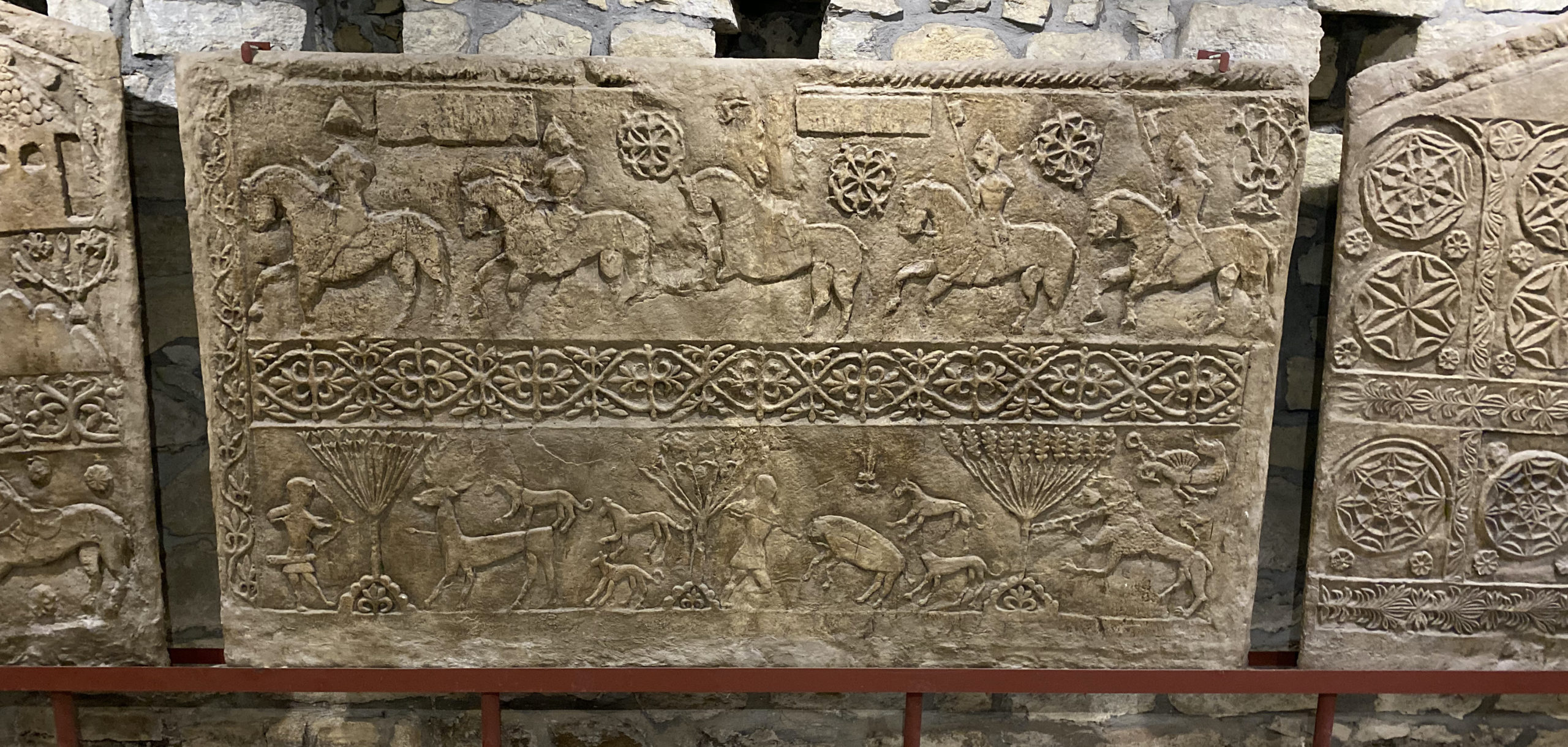
The Creation of Great Men
“Hard times create great men. Strong men create good times. Good times create weak men. And weak men create hard times.” G. Michael Hopf
The golden age of Bosnia is generally accepted to center around one particular man – Ban Kulin. Certainly he didn’t come to power in easy and posh world-circumstances – when he first ascended into the Ban-dom he was a vassal of the Byzantine Empire, but powerful as the Byzantines seemed, they were being challenged.
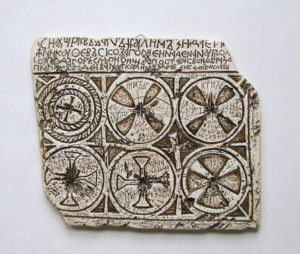
Ban Kulin was able to take advantage of this uncertainty by creating allies with the upstart Hungarians in 1180 and riding their coat-tails to break away from the Byzantine yoke. Unfortunately, Bosnia itself wasn’t ready to be a Kingdom on its own. Ban Kulin had really just exchanged Byzantine overlords for Hungarian ones, but with two crucial differences.
1) The Hungarians, under Bela I, were staunchly Catholic. And 2) they didn’t have the resources to pay as much attention to Kulin as the Byzantines did. Ban Kulin was inching his nation’s way toward freedom without a fight.
Both of these things would all be issues that Kulin would manage to work through with the sort of deft touch that a person is either born with or not, but can’t be learned. He would leave behind quite a lot of work for those that followed him, however. There were still hard times forging great men to lead the small and strategic area of Bosnia.
The Bosnia of Ban Kulin was not the heart shaped land that it is today. Its borders were much more fluid and centered not on Sarajevo (known then as Vrbhosa), but on what is now the area of Visoko on the Bosna River. The oldest extant state document of the Balkans, The Charter of Ban Kulin was written in 1189 to allow free movement for Ragusans (from what is now Dubrovnik) within the Banate of Bosnia. This document was written in the distinctly Bosnian alphabet of Bosančica, with a copy in Latin, and it testifies to the existence of a distinct Bosnian state in the twelfth century.
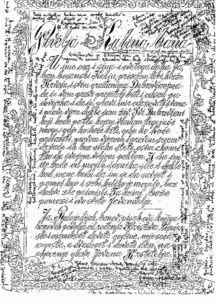
Although the place of signing is not given on the charter, it wouldn’t be out of the question for it to have been signed in the old town of Visoki, where so much activity in the early Bosnian banate and kingdom took place.
Ban Kulin’s attachment to the Visoko area itself has been proven – recent excavations of the ruins of the Church of St. Nicholas found his tomb under the area of the church.
In fact, the Church of St. Nicholas, which was the first Franciscan church to be located in Bosnia, was itself a center of medieval Bosnia. It was there that the Stanak, the Bosnian council of nobles, held their meetings. It was most likely there that the first king of Bosnia, Tvrtko I, was crowned. And it was there that King Tvrtko I and his uncle, the Ban Stefan who paved the way for Bosnian independence in the early fourteenth century, were buried.
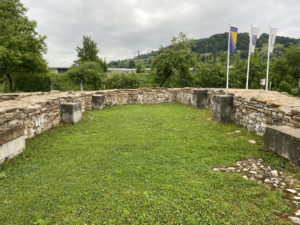
The Bosnian banate (and later kingdom) may have ruled from the Visoko area, but Ban Stefan II Kotromanic and his heir Tvrtko I both managed to enlarge the area they ruled quite significantly, bringing portions of what is now Serbia, Montenegro, and Croatia under their rule.
But why Visoko?
The Visoko basin has been occupied since the Paleolithic, and archaeological excavations done at one site in Okolište gave evidence of being one of the largest settlements in Europe during the Neolithic – a part of the Butmir culture. There were about 3,000 people living in this fortified settlement nearly 5,000 years ago, and they left behind quite a lot of evidence of their daily life, including something rarely found in Butmir settlements – bodies of the dead.
Illyrians also lived in the Visoko area, and the discovery of a grave of Illyrian soldiers in the Visoko area village of Gornji Skladove testifies to that.
After the defeat of the Illyrians in the Batonnian Uprising, the Romans had full control over the Visoko area, leaving behind ruins of villas and in one case – a carved stone sign that labeled a military barracks.
The medieval presence around the River Bosna in the Visoko basin was just a continuation of the habitation of the same area since the dawn of human civilization. The first bans and kings of Bosnia did not create Visoko as the center of their kingdom – it was already the center of the kingdom.
One hundred and eighteen years after the death of Ban Kulin, in 1322, Stefan II Kotromanic came to power. Early on he gave many privileges to the Bosnian nobles in order to cement his popularity, and he used his third and final marriage to cement ties with his Hungarian overlords. The Hungarians, by the way, mostly stayed out of Stefan’s – and Bosnia’s – business.
Except for one thing: there were two ‘heretical’ churches operating in Bosnia, and the Pope wanted that to end. Immediately. By way of a crusade, if necessary. In fact, in 1339 a papal representative tried to force Ban Stefan II to persecute both the Bogomils and the Bosnian Church.
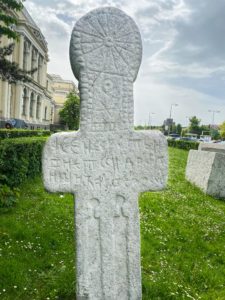
The Bosnian Church had a very strong presence in the Visoko area, including a well -regarded university in the town of Moštre, and Stefan knew that it would be the end of his reign if he allowed such a thing. Although he was officially Catholic himself, he was also known to have sympathies for the Bosnian Church, as did most of the rulers of Bosnia. Stefan had to figure a way out of the increasingly fraught situation, and he did so with all the finesse and diplomatic skills of the legendary Ban Kulin – mirroring Ban Kulin’s 1203 act of reassuring the Catholic Church of his faith at Bilino Polje. In 1340 Stefan managed to convince the Hungarians that he, himself, was more Catholic than the Pope. And he was most certainly doing his utmost to bring all Bosnians to the Catholic fold, and would continue working hard to make sure everyone converted.
The Hungarians believed him. The Pope believed him. Stefan agreed to allow the Franciscans to build monasteries and churches in Bosnia, and then he didn’t bother to keep any of his promises for conversions.
The Franciscans had gained a foothold in the most important area of Bosnia, though. They dug in and began their religious work by building the first Franciscan Church of St. Nicholas in Bosnia near Visoko. Then they dug in further by arranging to have the last Ban of Bosnia and the first ruler to refer to himself as “Bošnjani” (Bosnian), buried in their first footprint.
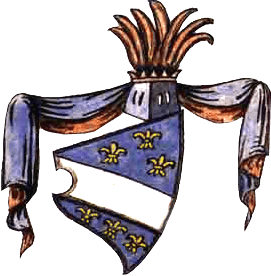
And finally, the Franciscans cemented their power, in the power-center of Visoko, by hosting the coronation of the first Bosnian King Tvrtko I. It was held in their first footprint as well, the Visoko area Church of St. Nicholas.
The Franciscans obviously recognized the importance of Visoko, and the fact that it would continue to be the center of Bosnian power for the foreseeable future.
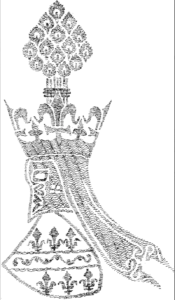
- June 2, 2020
- Bosnia and Herzegovina
